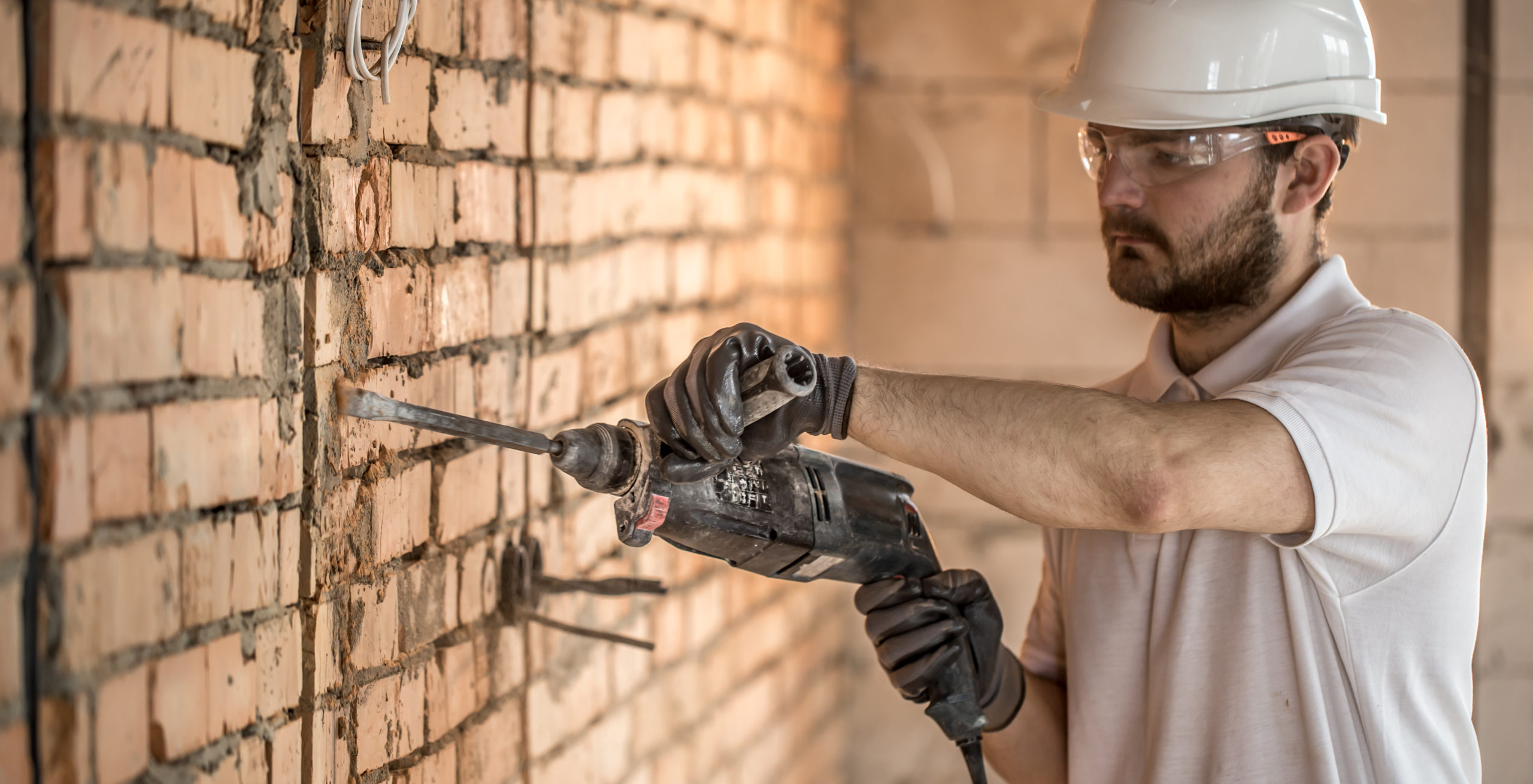Capital improvements are major upgrades to your rental property that have a long-term impact on its value and the quality of life for tenants. These improvements can include structural changes, like adding a deck or building an addition, as well as functional upgrades like installing new appliances and plumbing fixtures. Capital improvements are different from repairs because they’re not necessary for normal operations or safety; instead, capital improvements bring about significant positive changes that improve the overall quality of life for a tenant over time. For example, if you add new flooring or cabinets in your kitchen—or even just paint—you’ve made an improvement that will last much longer than painting walls every year!
What is a Capital Improvement?
A capital improvement is generally a long-term investment in your property that increases the market value of your rental property or extends its useful life. Capital improvements are different than repairs in that they must increase the market value of your property, or extend its useful life.
Capital improvements include things like new appliances, water heaters, and roofs. They can also include additions to existing buildings such as garages and decks; however, these are considered capital improvements only if they increase the value of a home by 20% or more above what it would be worth without those additions (in other words: if you add on an additional bedroom but don’t increase square footage).
How Capital Improvements Work
Capital improvements are expenses that add value to your property and make it more useful. They can include things like adding new windows, replacing the electrical wiring or plumbing system, installing new cabinets and countertops in the kitchen or bathroom–anything that improves the overall condition of your rental property.
While you can deduct capital improvements from your rental income in the year they’re made, you must depreciate their cost over time by claiming depreciation deductions each year on Schedule E (Form 1040). Depreciation is an IRS method for recovering costs through annual tax deductions rather than all at once when buying something new or making a capital improvement (for example: if you bought a piece of furniture for $1,000 but only used half its lifespan before selling it). The idea behind this process is simple: You don’t want all those hard-earned dollars going straight down into Uncle Sam’s pocket without getting anything back! Instead, let them stay within reach so they can keep working hard for us while reducing our taxable income at the same time!
Examples of Capital Improvements
Capital improvements are any upgrades or repairs that increase the value of your rental property. This can include:
- Replacing appliances, such as refrigerators, washers and dryers.
- Replacing carpeting with hardwood floors. If you have tenants who smoke or have pets, this may be necessary to keep the house clean.
- Installing new windows in place of older ones that don’t work well anymore (for example if they leak during storms).
The benefit of capital improvements is that they add value to your rental property while also increasing its longevity – which means fewer repairs over time! The best part is that these expenses will likely qualify for tax deductions on your taxes as well!
Special Considerations
Cost Basis
When you’re calculating your investment property’s cost basis, you’ll need to know what the original purchase price was before any improvements. This can be tricky if you’ve made multiple purchases over time and have not kept detailed records of each transaction. If this is the case for you, it may be best for tax purposes to hire an accountant or financial advisor who can help determine how much work has been done on each property.
Capital Gains
Capital improvements are not considered a capital gain when sold–they’re just part of the overall value of the property at sale time (and therefore reduce its taxable income). This means that owners aren’t required by law to report capital improvement costs as income when selling their rental properties so long as they were made with “taxable” funds (i.e., after-tax money) rather than non-taxable ones like gift funds or inherited money*.
Local Exemptions
However! In many states there are local exemptions that allow landlords who’ve made improvements within certain years prior – usually within 24 months before sale – get some relief from paying taxes on these expenditures by claiming them as deductions against their earnings during those years instead; this may result in lower overall tax burdens than would otherwise occur without these deductions being taken into account.*
Frequently Asked Questions
What is a capital improvement plan?
A capital improvement plan is a detailed list of repairs and renovations that will be made to a property. It’s usually created by the landlord or management company, but can also be done by tenants together with the landlord’s approval. The purpose of this document is to prioritize repairs so that they’re done in an efficient manner, as well as provide an estimate for how much each repair will cost. This helps both parties determine whether it makes sense financially for certain projects to be completed right away or if they should wait until there are more funds available.
What is a capital improvement fee?
A capital improvement fee (CIF) is charged when major maintenance needs arise at rental properties; it covers some costs associated with making those repairs–such as labor costs and materials needed–and helps ensure that tenants’ rents stay affordable over time despite rising maintenance costs from wear-and-tear on their homes’ infrastructure systems such as plumbing pipes and electrical wiring systems due to frequent usage over long periods of time
Conclusion
With the right knowledge, you can make the most of your rental property. Capital improvements are one way to increase its value and ensure that it remains profitable over time. If you have any questions about capital improvements or other topics related to rental properties, check out this great resource!
Dave is a seasoned real estate investor with over 12 years of experience in the industry. Specializing in single-family residential real estate, David’s strategic approach combines market analysis, financial acumen, and a deep understanding of urban development trends to maximize investment returns.










